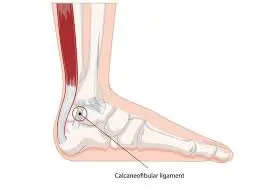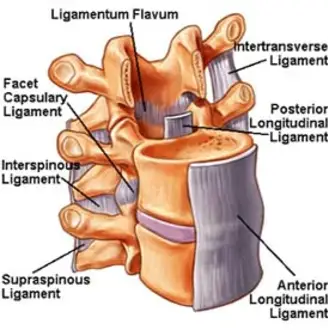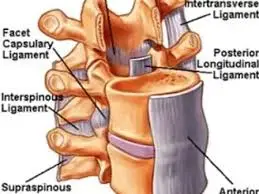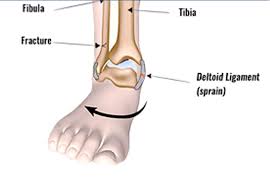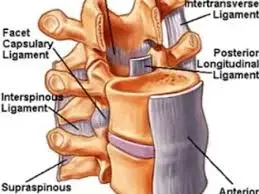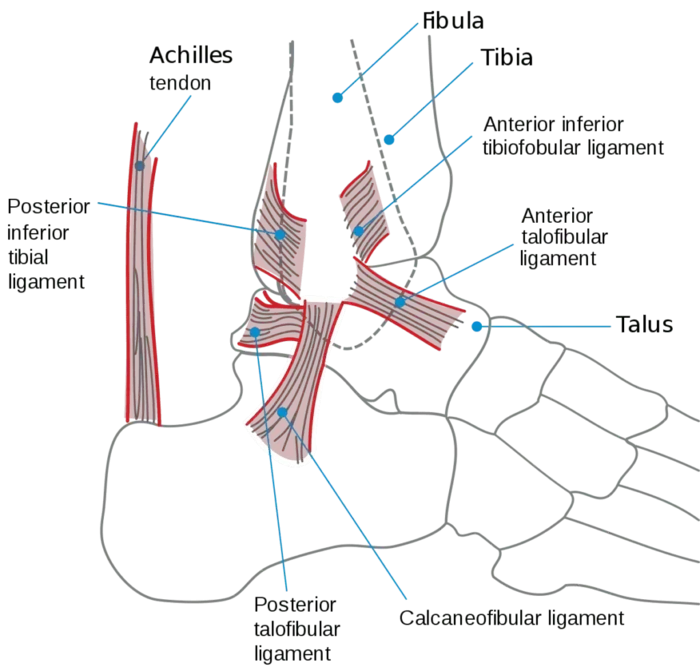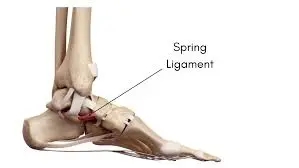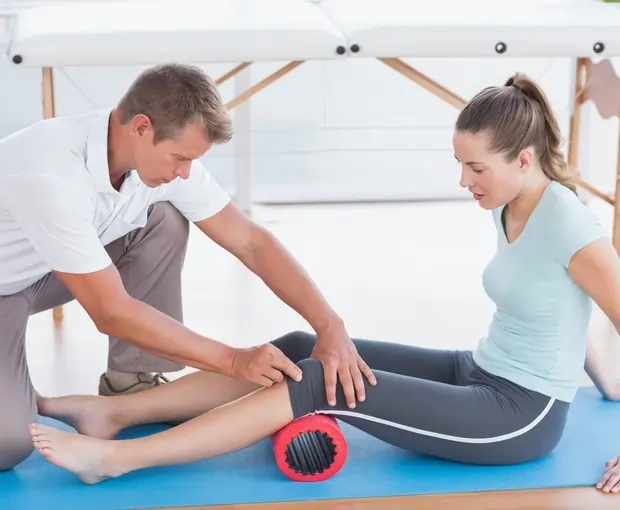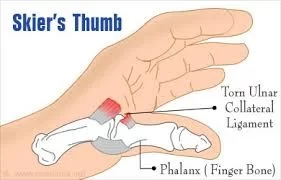Calcaneofibular Ligament Injury
Introduction: The Calcaneofibular Ligament (CFL) is one of the key lateral ligaments of the ankle, connecting the fibula to the calcaneus (heel bone). It provides stability to the ankle, particularly during inversion movements. Injury to the CFL typically occurs due to ankle sprains, especially when the foot rolls inward excessively. Such injuries can cause pain, swelling,…

